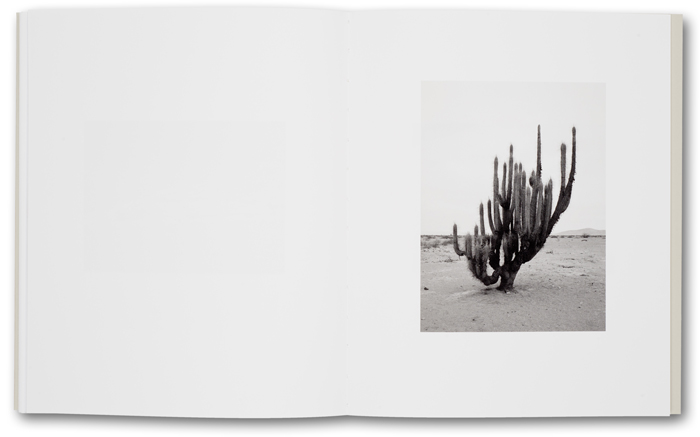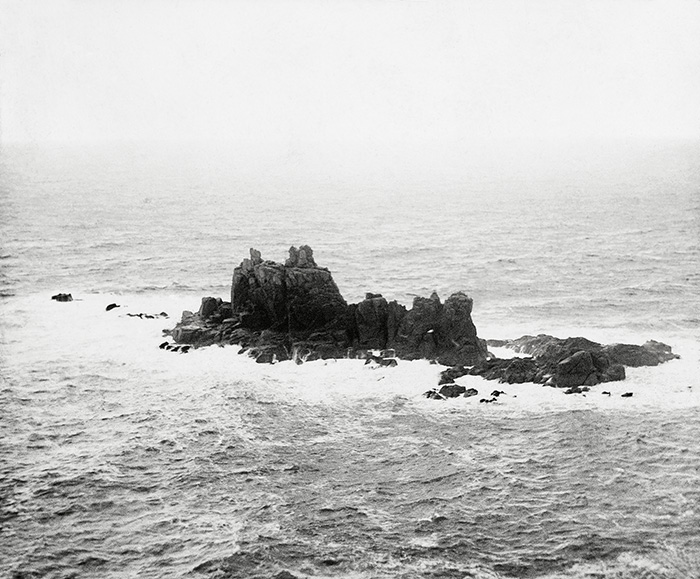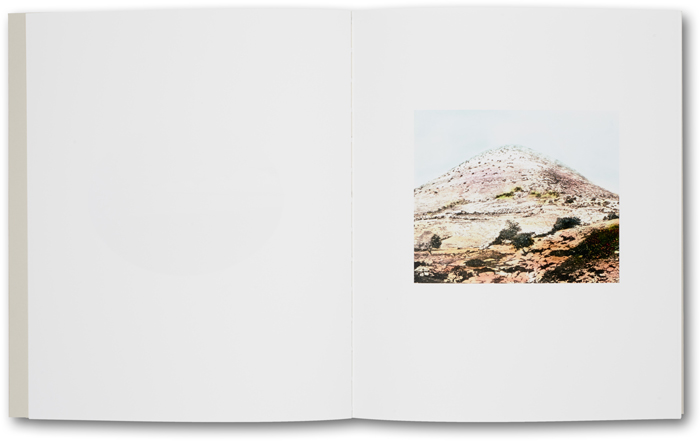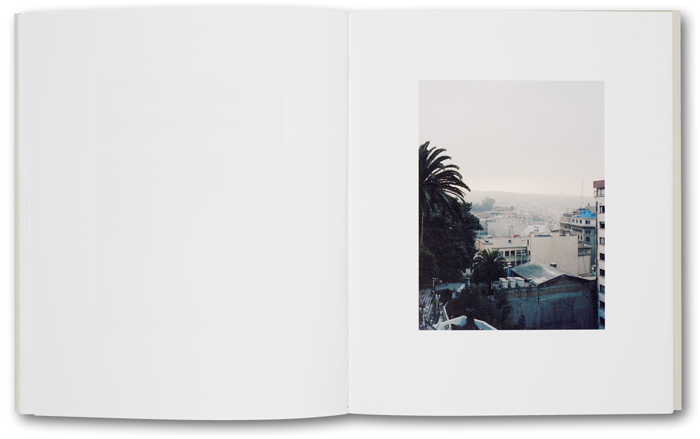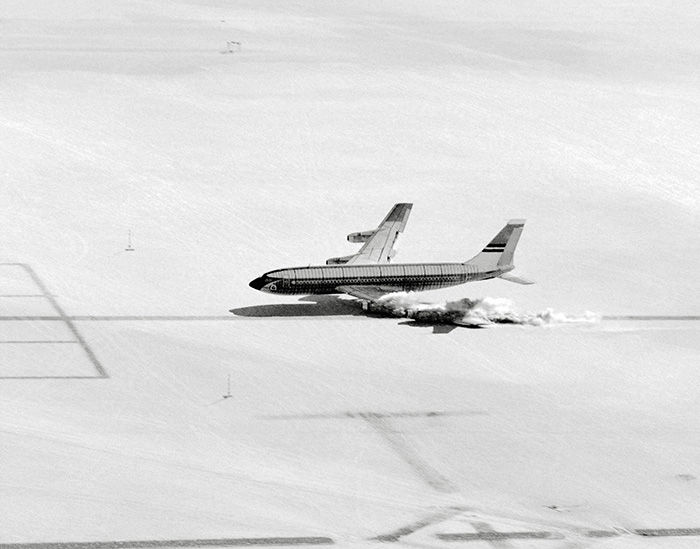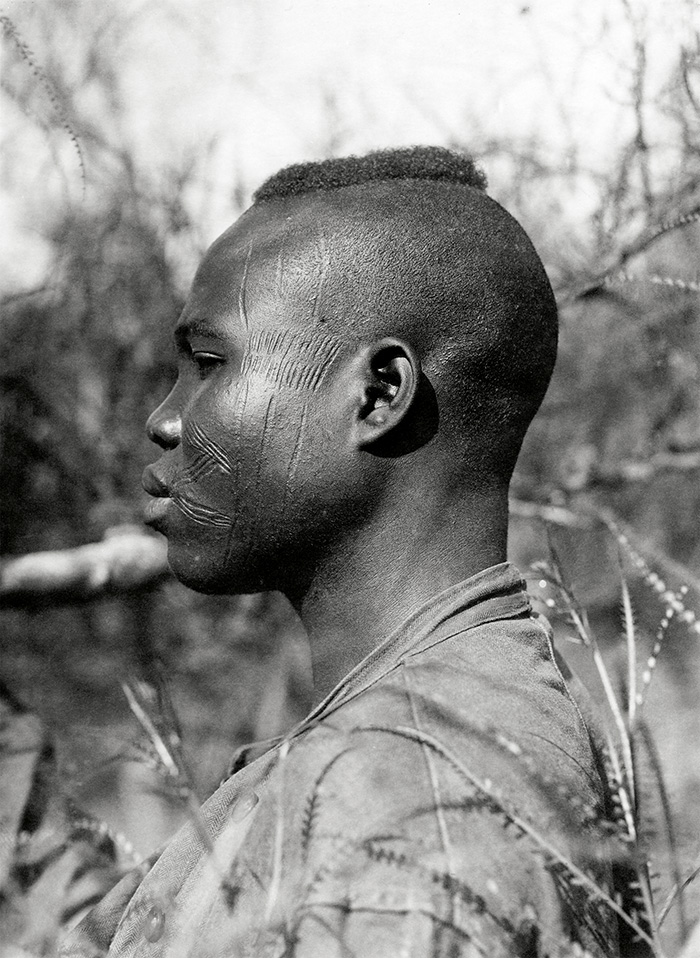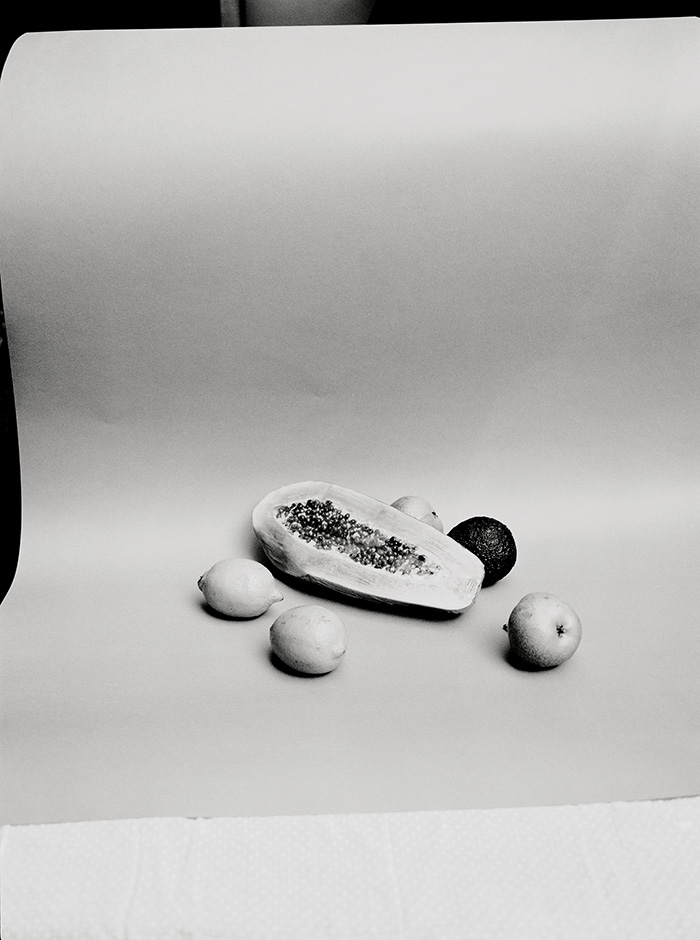Interview – Carly Steinbrunn
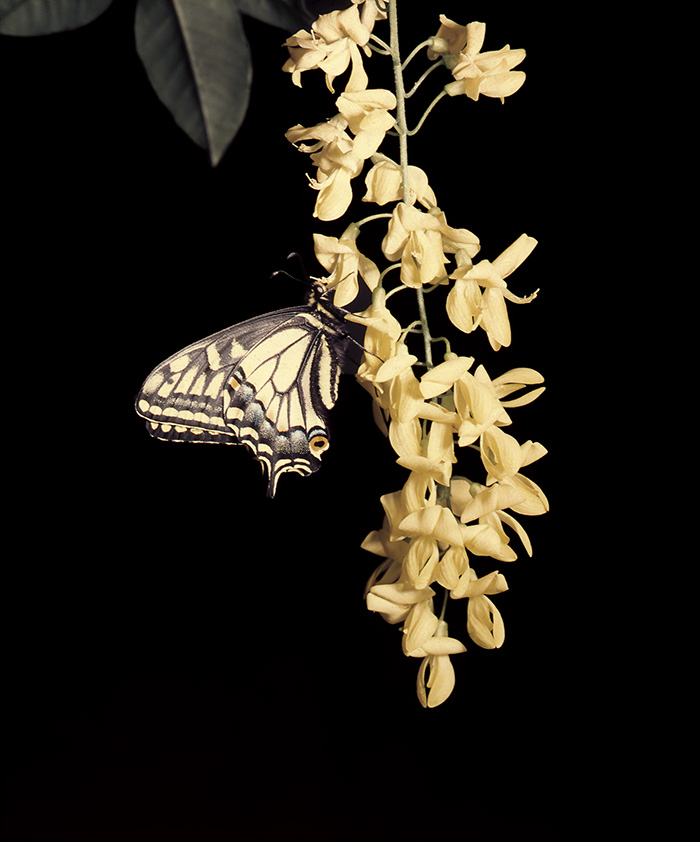
Today we believe in almost everything we see. The ubiquity of photographs and digital manipulation has drastically changed our relationship with the very notion of truth. The speed and unfiltered ease at which we can transmit images means we have become credulous beings, most of the time unable to distinguish between what is real from what is the result of technical tampering. The act of perception seems so far removed from a time when photography was used to educate the masses to the greatness of past civilisations or natural beauty – I wonder how incredulous the eyes of a young woman must have been, when she saw an image of the pyramids of Giza for the first time, or perhaps some exotic plants growing in a jungle a world away from her. Or a postcard that to the reader became at once an affirmation of truth, counterbalanced by an urge to doubt the subject represented on it because of the incomprehensibility that an invisible distance brings. This tension is revived by Carly Steinbrunn’s The Voyage of Discovery. This beautiful book (impeccably published by MACK) forces you to stop and look closer at each spread where an initial astonishment soon gives way to an honest and determined process of questioning. This is one of those moments when you realise how distracted we are in our relationship with visual culture – and how easy it is to convince us of almost anything.
Steinbrunn investigates the unknown in a world where (apparently) everything has already been discovered and seen through the lens of a camera. The process of finding the new in what is considered familiar is the way through which she re-creates a fictional voyage of personal discoveries. Personal images are superimposed next to archival photographs of various experiments and places that are immediately recognisable to the viewer; it’s her technological play that gives rise to a creeping suspicion on the part of the viewer that should be part of any honest interaction with images. Why am I looking at this? And, most importantly, can I believe in it? Whose journey am I witnessing? These are just some of the questions raised by the reader, who will eventually realise that Steinbrunn’s journey might be personal but is documented by using images that work as clearly and universally as words in a narrative. Steinbrunn wrote her story and by the end of the book we realise that there will always be something to discover if we don’t give up on our imagination, which is what makes each and every photograph we see a little more special every time.
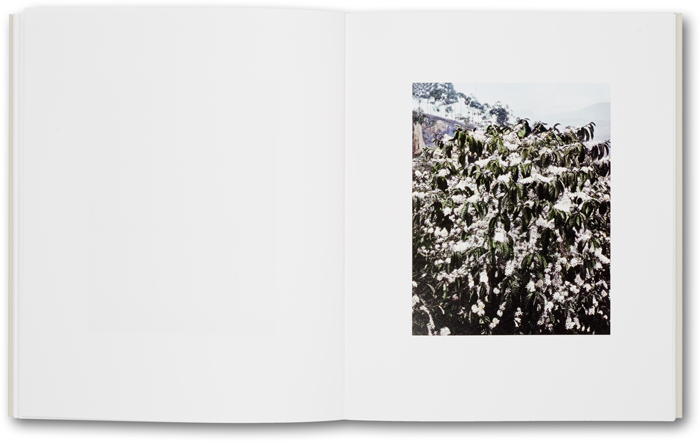
I would like to talk about your new book The Voyage of Discovery, published by MACK. Looking at it gives the impression that it was a project you’ve been working on for a long time. Would you tell me a little bit more about it? How and when did it come about and how did it unfold throughout the years?
I have been working on The Voyage of Discovery for several years. I was interested in the way we construct an image of the world; in the way we imagine and discover faraway places. I started by mixing different sorts of pictures related to human sciences, such as those relating to botany, geography, archeology, which gradually made me think about voyages of discovery in general. Then, as my project became clearer I started to look around and take photographs which relate to the origin of humanity, the source of language and the position of man in relation to nature.
What were your biggest inspirations in thinking about and then making The Voyage of Discovery?
I’ve always been inspired by the narratives of explorers and scientists such as James Cook, Bougainville, or Charles Darwin, as well as in the history of photography and in reports of mysterious events. For example, my photograph of a Filipino jacket is a reference to Captain James Cook, the 18th century British explorer who was stabbed to death in Hawaii during his exploration of the Pacific. But the picture is also connected to a famous photograph from 1864 of the shirt of the Mexican Emperor Maximilian after his assassination. It was the first constructed image of an object, and was used as evidence of the Emperor’s destruction and as documentation of the historic event. I’ve also found that Wolfgang Tillmans’s work has a strong influence on me. I’m particularly interested in the way he manages to both simplify and complexify vision at the same time.
Have you seen Massimiliano Gioni’s Encyclopædic show at the last Venice Biennale? It really reminded me of your book and the way you work.
I didn’t manage to see this edition of the Venice Biennale, but I was fascinated by The Encyclopædic Palace, Marino Auriti’s project of an imaginary museum containing all aspects of human knowledge. Similarly, The Voyage of Discovery deals with the desire to embrace everything, and the frustration linked to the impossibility of doing so. It questions the organisation and mechanisms of knowledge through which humanity attempts to comprehend the world, and itself. I tried to understand how specific photographs could conjure up general ideas and bring other images to one’s mind – how the imagination works to recognise a paradigm.
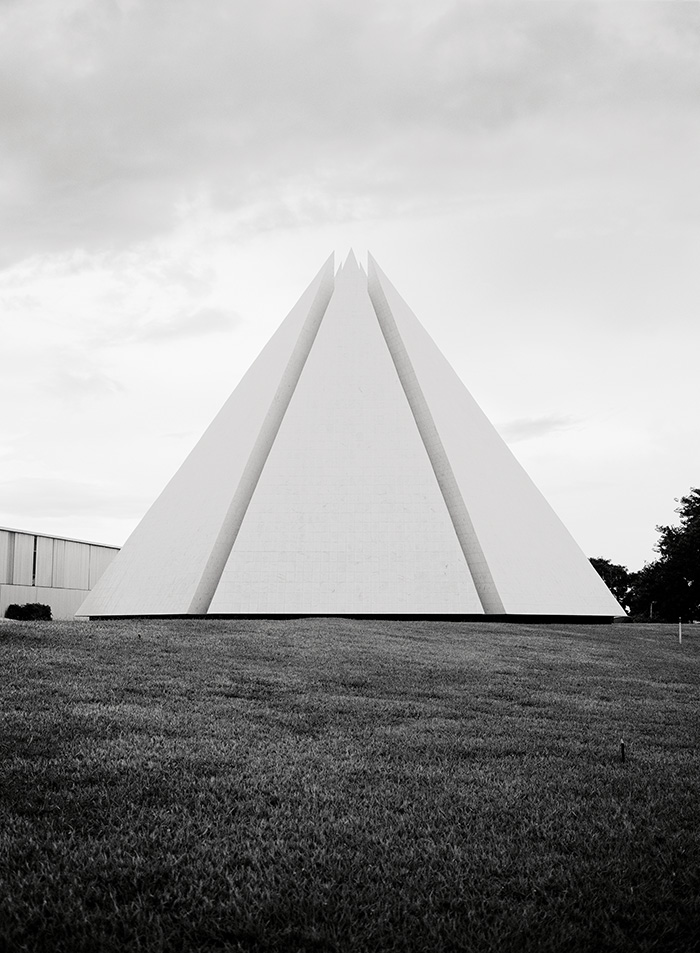
Of course, photography is a practice that has a lot to do with collecting and archiving — a photographer is a collector of moments, spaces, faces. The act of archiving is very similar to photographing because of its implication with memory. They both constitute means not to forget. While I was flipping the pages of The Voyage of Discovery I couldn’t stop thinking that you must really enjoy collecting stuff. I’m very curious to know if that’s true and what role the idea of archives and collections play in your book — especially nowadays, when the digital archive keeps changing and growing thanks to the internet.
I draw a lot of inspiration from works which gather vast collections of images, such as Gerhard Richter’s Atlas, Waterfall Rapture by Tadanori Yokoo, or, in another way, Aby Warburg’s Mnemosyne Atlas. It is a wonderful challenge to try and grasp the logic behind Tadanori Yokoo’s juxtapositions of large quantities of postcards of waterfalls, or how Richter or Warburg organise and forge relationships between images that are worlds apart. The form of the atlas seems particularly relevant to display the richness, the division and the chaos of the world. It is also a meditation on the image itself. Warburg described his Mnemosyne Atlas as ‘a ghost story for adults’. He brilliantly created a new language, bringing the past into the present through his subjective vision and comprehension of the world.
Where did you find the images you’ve appropriated and edited with your personal photographs? Did you have a preferred place to go and look for images (libraries, markets etc) or was it a more unconscious process?
It’s actually important to examine where the images come from, because it reflects our way of exploring the world: through books, institutions, the internet and ultimately through our own experience. I bought most of them on eBay and found a few in important online archives such as NASA’s.
The pyramids, a plane seen far away and some stones that seem like they were the tips of some lances. If the book was to be found in a million years, once humanity has extinguished itself, then whoever flips through these pages will think of a world without people. I think it was Sebald who in one of his books described humanity through the act of looking at nature. By looking at the world from an airplane window he couldn’t see any men or women down there but through agriculture, cars, buildings he knew that humans were there somewhere. In your book something similar happens. Can you tell me a little bit more about you editing process – Why almost no human are included in the sequence?
The book is, broadly speaking, a meditation on the relation of man to his environment. Humanity is present through the traces it has left behind, traces that could be those of a remote or vanished civilisation. The last part of the book, in particular, shows a forsaken world. It reflects the gradual disappearance of Nature and our own potential extinction.
My work also deals with the language of photography and I wanted these ideas to be ingrained within the images themselves. It is sequenced with pictures I considered ‘archetypal’ to carry a collective iconic memory – such as the historical artefacts, photographed in a simple and direct way. Then I introduced mysterious places, plants or architectural structures to show a more subjective point of view. One of the main questions I had in mind while making this body of work was how might a subjective experience also speak of a collective one? This is partly why I photographed places in Brazil, as an homage to Claude Lévi-Strauss’ Tristes Tropiques.
I see The Voyage of Discovery as an hypothetical archive to which I would have added a collection of pictures derived from my own experience.
Of course, travel is a central theme of the project. It is very clear how much you have been inspired by the tradition of geographical and social discoveries of great anthropologists. Also, the form of the book reminds me of the journal that great scientists and explorers used to have. Have you ever kept a photographic journal like that — or a journal in general?
I don’t keep a photographic journal but I have a lot of notebooks in which I draw or write descriptions, notes, ideas I’ve found interesting in museums, botanical gardens etc. It was very helpful in dealing with and organising the various registers in the book.
Do you agree with the idea that we’ve already been everywhere and there is no place on earth that we can really consider unknown? Isn’t that scary? And is that why you have included a photograph of a space missile taking o to the ‘unknown’?
It might often appear that we have already been everywhere on Earth and that traces of western civilisation are ubiquitous. Travelling itself seems like a conceit as we tend to find the same everywhere – the very notion of diversity is disappearing and of course this can seem quite alarming. And yet there are still places to explore – the oceans, for instance, remain largely uncharted. The space missile you mention is a sign of man’s desire to explore the unknown and find answers to his existential interrogations in what is beyond his reach. It is also, ultimately, an expression of the human hubris.
Each photograph in the book is a symbol. They work together so well that even if most of them are depicting objects or places that we are all familiar with, at the same time they tell a story that is very particular. It’s Carly Steinbrunn’s voyage, your journey. And as in every journey we are learning new things just by looking at those images. And by the end of the book we somehow feel different. I would like to know what you think about the power photography has in teaching and educating. It’s always been one of the most important feature of the photographic medium — the one of educating the viewer. Do you think that is still true?
I used a few magic lantern slides as a material in the book, as a nod to these stereotypical images which were shown during the eighteenth and nineteenth century to educate and entertain the public, so they could discover the world at a time when travelling was a luxury available only to very few. I am always fascinated by the ‘truth’ value attributed to the photographic image and the falsification it generates. Looking back at the atlases scientists and artists devised during the eighteenth century, you realise how idealised their representation of the world was, how often they corrected pictorial elements they considered imperfect, and how much of their work was actually based on intuition. Photography obviously doesn’t play the same role today, as we live in a saturated visual world. But sadly this overload of images hardly makes the world more ‘understandable’.
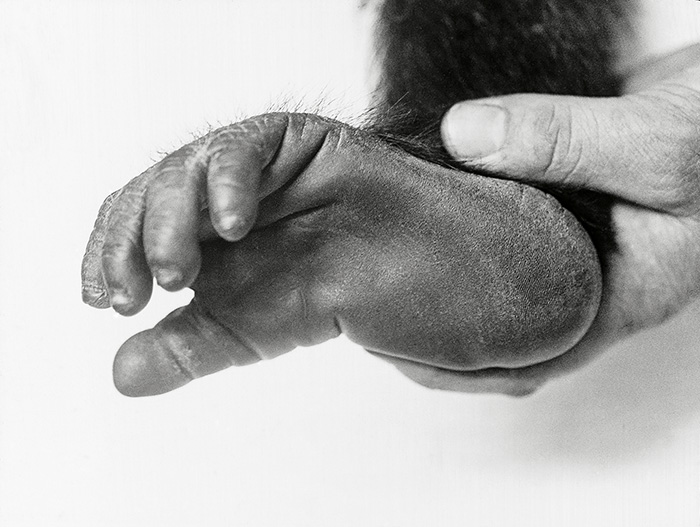
I know you have been based in London for a long time. I know this might sound cliché, but in your work there is a fascination for the past that is so typically European in my opinion. I have been living in the US for 5 years now, and I don’t know how to put this down in the right way, but it seems that here a lot of people use photography to talk about the future — of the medium, the planet etc. Somehow, you are looking back, and I was wondering if you see this as part of your practice, and if so, is this in your opinion connected somehow with your European education?
I’m not sure photography is a medium that is suited to dealing with the future. I believe that it is much more apt when speaking about the present, and the way it contains traces of the past. I think the nostalgia you refer to is linked to the fact that I wanted the viewer to empathise with the devastation of the natural world.
Do you have any projects coming up?
I am currently working on a new project called The Astronomical Unit. It is a scientific fiction inspired by Jules Janssen’s journey to Japan in 1874 to photograph the transit of Venus. His goal was to measure the distance from the Earth to the Sun in order to accurately describe the solar system; but the mission failed as the photographs lacked the required precision. I carried out some research at the Société Française de Photographie in Paris where Janssen’s work is archived. I took my first pictures on a residency on a boat called Tara, part of a scientific expedition on the Mediterranean Sea. I hope to continue this work on a trip to some islands of the Pacific.
Carly Steinbrunn will be signing copies of her book, The Voyage of Discovery, published by MACK at LE BAL, Paris, 10th March from 6pm.

